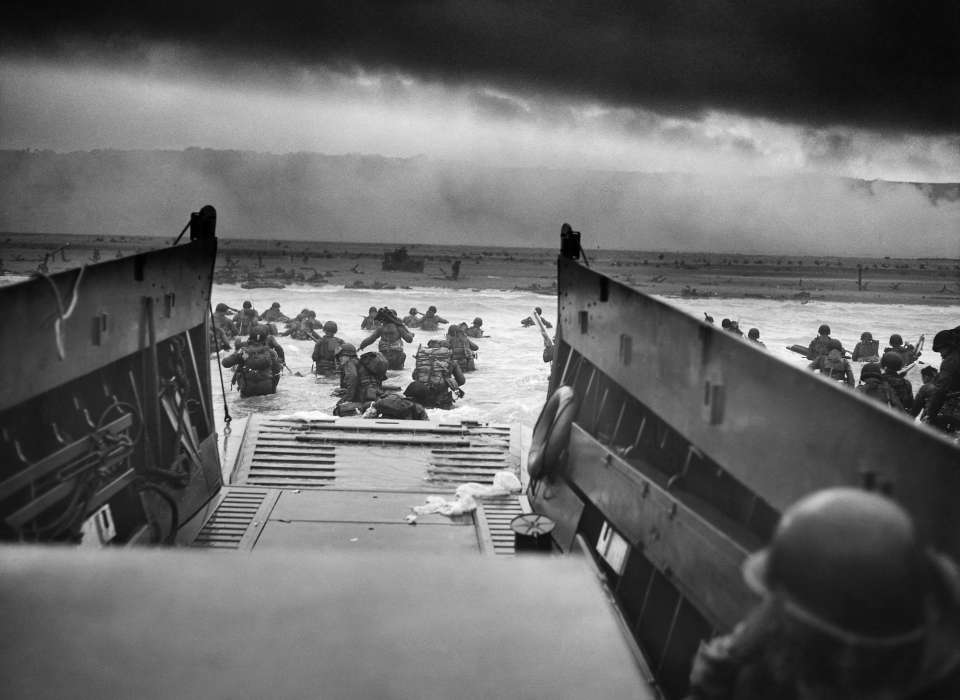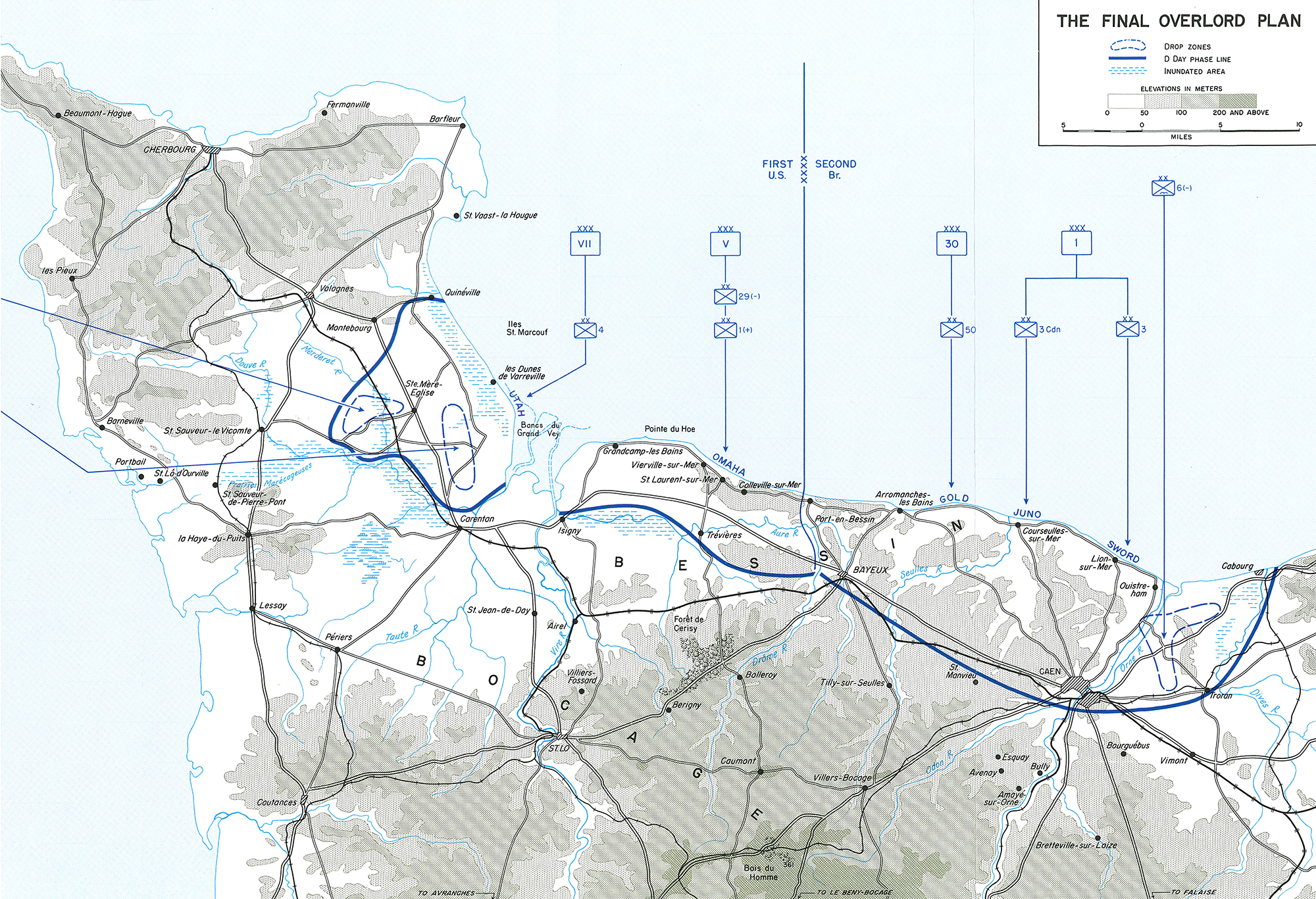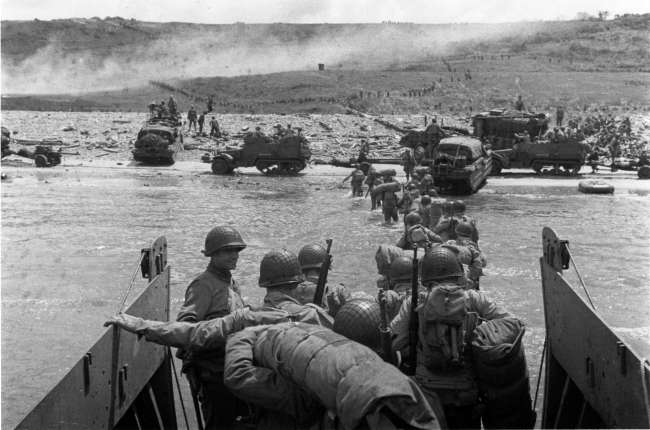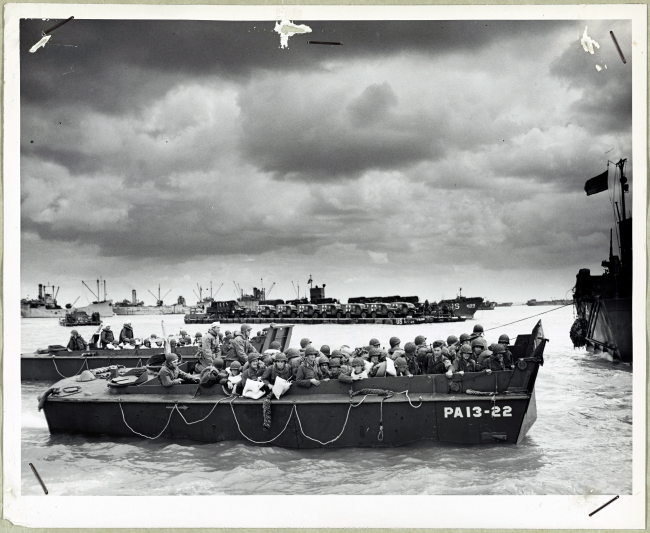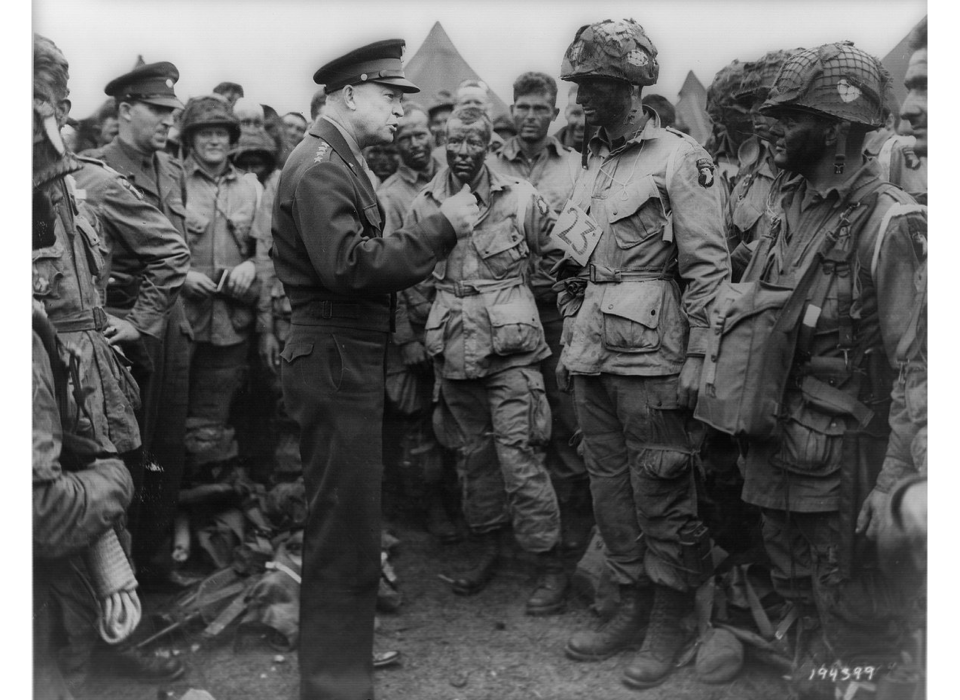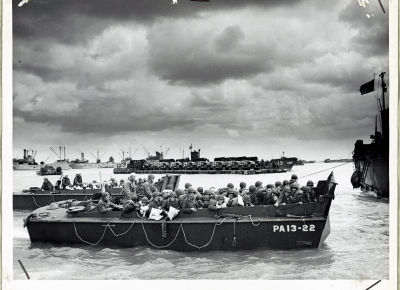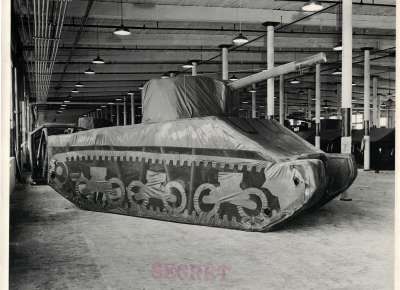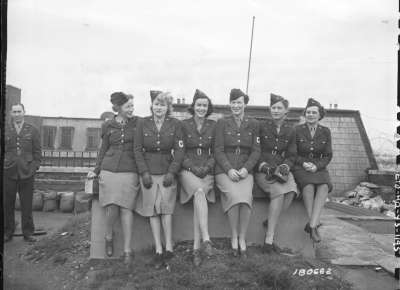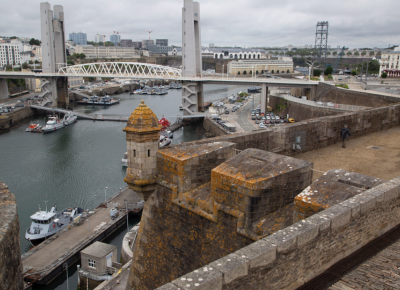Top Photo: Into the Jaws of Death — U.S. Troops wading through water and Nazi gunfire. June 6, 1944. Records of the U.S. Coast Guard (NAID 355)
Buildup and Training
The planning for an invasion in northern Europe began years in advance, although it was not until December 1943, when General Dwight D. Eisenhower was appointed Supreme Commander of the Allied Expeditionary Force, that preparations for the future operation, code-named OVERLORD, intensified.
The Plan
Operation FORTITUDE successfully deceived German High Command into expecting a landing at Pas de Calais. Instead, the Allies targeted a 50-mile stretch of Normandy coastline. The plan had two components: Operation NEPTUNE, the naval assault phase, and Operation OVERLORD, the broader invasion strategy. Approximately 160,000 Allied soldiers were to land across five beaches: Sword, Juno, Gold, Omaha, and Utah, with British and American airborne forces landing inland.
D-Day
Initially set for June 5, D-Day was delayed due to poor weather. With a small window of opportunity in the weather, Eisenhower decided to go—D-Day would be June 6, 1944. Paratroops began landing after midnight, followed by a massive naval and aerial bombardment at 6:30 AM. American forces faced severe resistance at Omaha and Utah beaches. Despite challenges, including mislandings and fierce opposition, Allied forces established a critical beachhead in Normandy.
Hedgerow Fighting
For all of the preparations made for OVERLORD, the Allied forces were ill-equipped to fight in the hedgerows they quickly encountered in Normandy. The Normandy Bocage presented unexpected challenges with its dense hedgerows and narrow roads. German forces used the hedgerows defensively, creating deadly killing fields that Allied troops had to cross. The Allies had to adapt their tactics to overcome these obstacles and advance.
The End of the Normandy Campaign
American forces isolated and captured Cherbourg by June 27, while British forces secured Caen by July 9. Despite these victories, progress was slow. On July 24-25, American forces launched Operation COBRA, breaking through German lines near St. Lo. This marked the end of the Normandy campaign and the beginning of the Allied push to liberate northern France and Paris.
Must Reads
-
Article Type
D-Day: The Allies Invade Europe
In May 1944, the Western Allies were finally prepared to deliver their greatest blow of the war, the long-delayed, cross-channel invasion of northern France, code-named Overlord.
-
-
Article Type
'A Pure Miracle': The D-Day Invasion of Normandy
This column is the first of three D-Day columns written by war correspondent Ernie Pyle describing the Allied invasion of Normandy.
-
Article Type
The Reception: The Germans on D-Day
How the sheer raw power of the Allies overwhelmed the Germans.
-
Article Type
Heroic Beauty: Exposing Omaha Beach
How a Signal Corps photographic team took one of the most iconic images of Omaha Beach.
-
Article Type
The First Ships of Operation Neptune
The first to cross the English Channel on D-Day, minesweepers cleared the way for the invasion of France.
D-Day Related Videos
Watch videos about the D-Day invasion of Normandy and listen to oral histories and firsthand accounts from WWII veterans.
Oral Histories
Watch More-
 Learn More
Learn MoreBloody Omaha
-
 Learn More
Learn MoreIn the Armada
-
 Learn More
Learn MoreTreating the Wounded
-
 Learn More
Learn MorePoint Du Hoc
